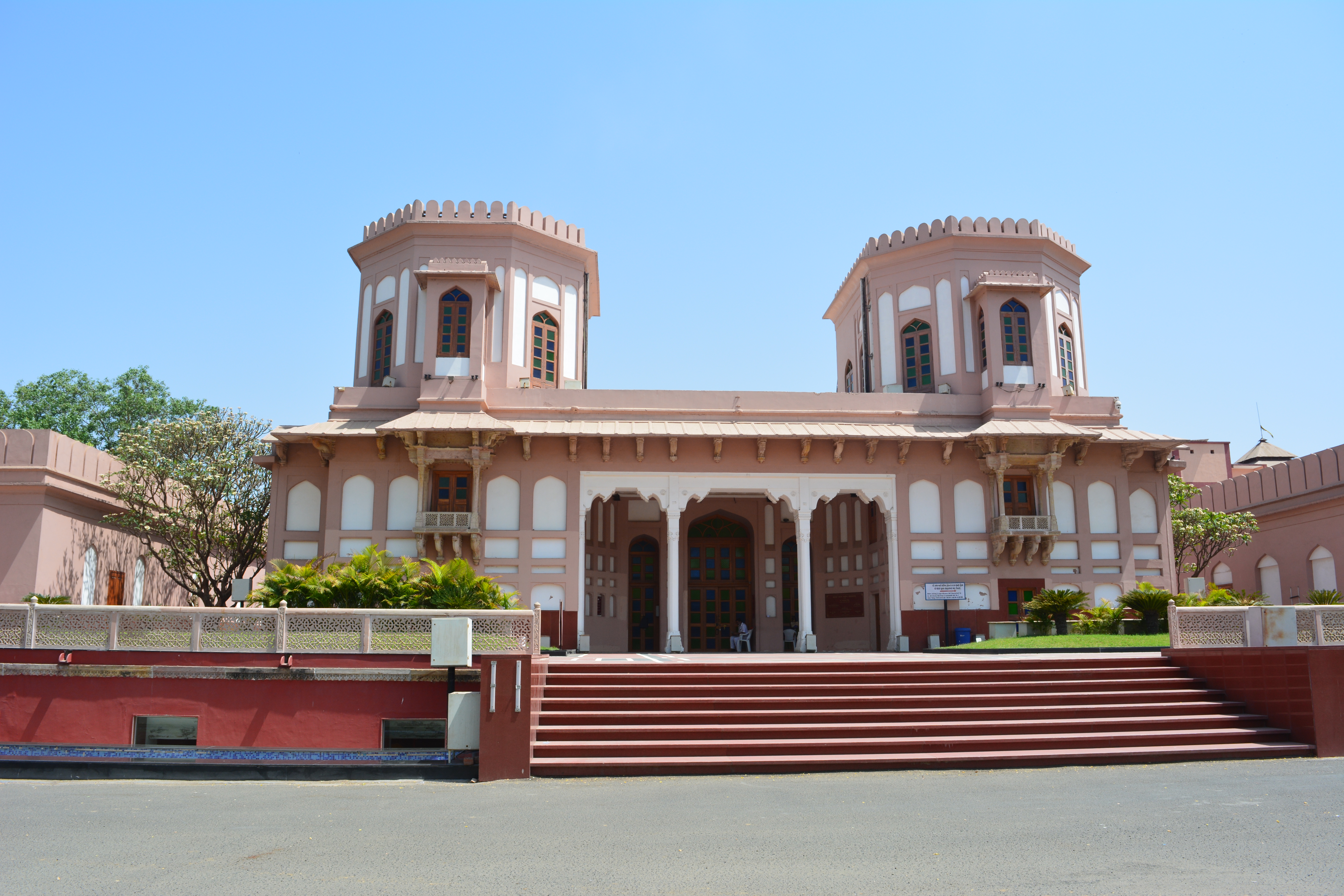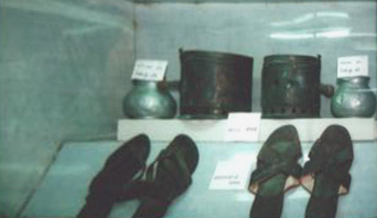The Sardar Vallabhbhai Patel National Memorial stands as a profound testament to India's journey from colonial suppression to independence, embodying the spirit of a nation's struggle and transformation. Housed within the exquisite Moti Shahi Mahal, a Mughal architectural marvel constructed between 1618 and 1622 by Emperor Shah Jahan, this memorial transcends mere historical preservation, becoming a dynamic narrative of national resilience and cultural identity.
The palace itself represents a remarkable architectural journey, transitioning from a Mughal royal residence to a British cantonment during colonial times, and eventually emerging as a symbol of post-independence governance. Its expansive gardens and intricate design elements reflect the grandeur of Mughal architectural techniques, with sandalwood and ornate decorations speaking to an era of exceptional craftsmanship and aesthetic sophistication.
Sardar Vallabhbhai Patel, immortalized as the "Iron Man of India," emerges through this memorial as more than a political figure—he becomes a transformative force who played a pivotal role in unifying a fragmented nation. Interactive exhibits and multimedia presentations provide visitors an immersive experience into Patel's life, highlighting his strategic brilliance in integrating over 562 princely states into the Indian Union, a monumental achievement that fundamentally reshaped the nation's political landscape.
The memorial's exhibits meticulously chronicle India's complex historical trajectory, from the Vedic period through Mughal dominance and British colonial rule. By displaying artifacts, personal belongings, and documenting critical moments of the independence struggle, the museum offers a comprehensive narrative that goes beyond traditional historical documentation, providing nuanced insights into the sociopolitical dynamics that shaped modern India.
Architectural preservation meets historical storytelling within the Moti Shahi Mahal's walls. The palace's transformation from a royal residence to a gubernatorial mansion and finally a national memorial symbolizes India's own journey of metamorphosis. Each architectural element, from its expansive halls to intricate decorative details, serves as a silent narrator of the nation's evolving identity.
The memorial's significance extends beyond commemorating an individual; it represents a broader exploration of national consciousness. By showcasing the Indian National Congress flag from 1930 and providing context around the independence movement, the museum connects personal narratives with larger collective struggles, demonstrating how individual commitment can catalyze transformative social change.
Modern technological interventions have enhanced the memorial's educational value. Since 2013, multimedia halls and 3D sound and light displays have transformed the visitor experience, making historical narratives more accessible and engaging. These technological enhancements ensure that Patel's legacy and India's complex history remain dynamic and relevant for contemporary audiences, bridging generational understanding.
Situated in Ahmedabad, a city with its own rich historical tapestry, the Sardar Vallabhbhai Patel National Memorial is not just a destination but a profound cultural landmark. It invites visitors to reflect on the intricate pathways of national formation, the power of unified leadership, and the enduring spirit of a people who transformed colonial subjugation into a vibrant, independent democracy.





